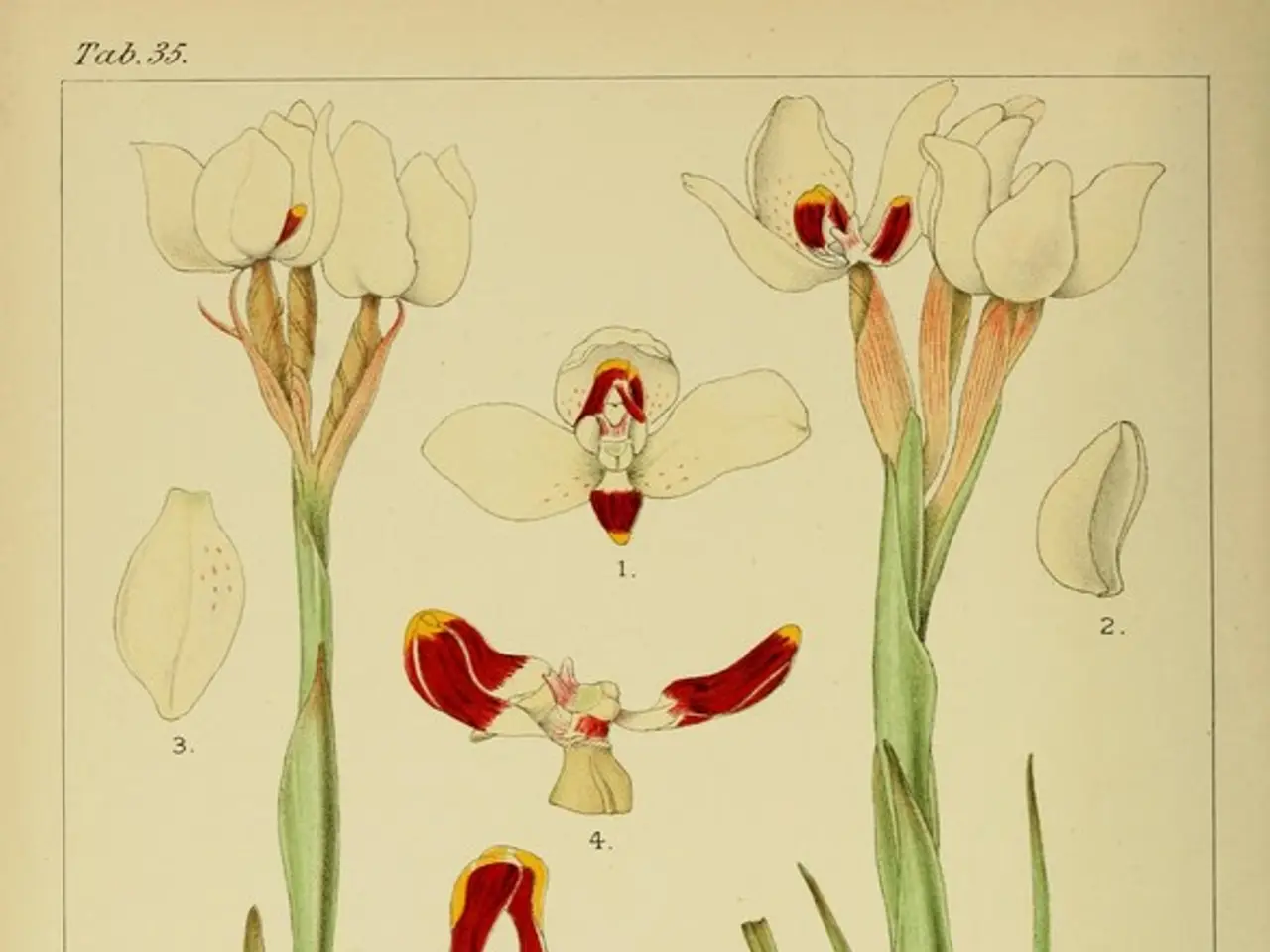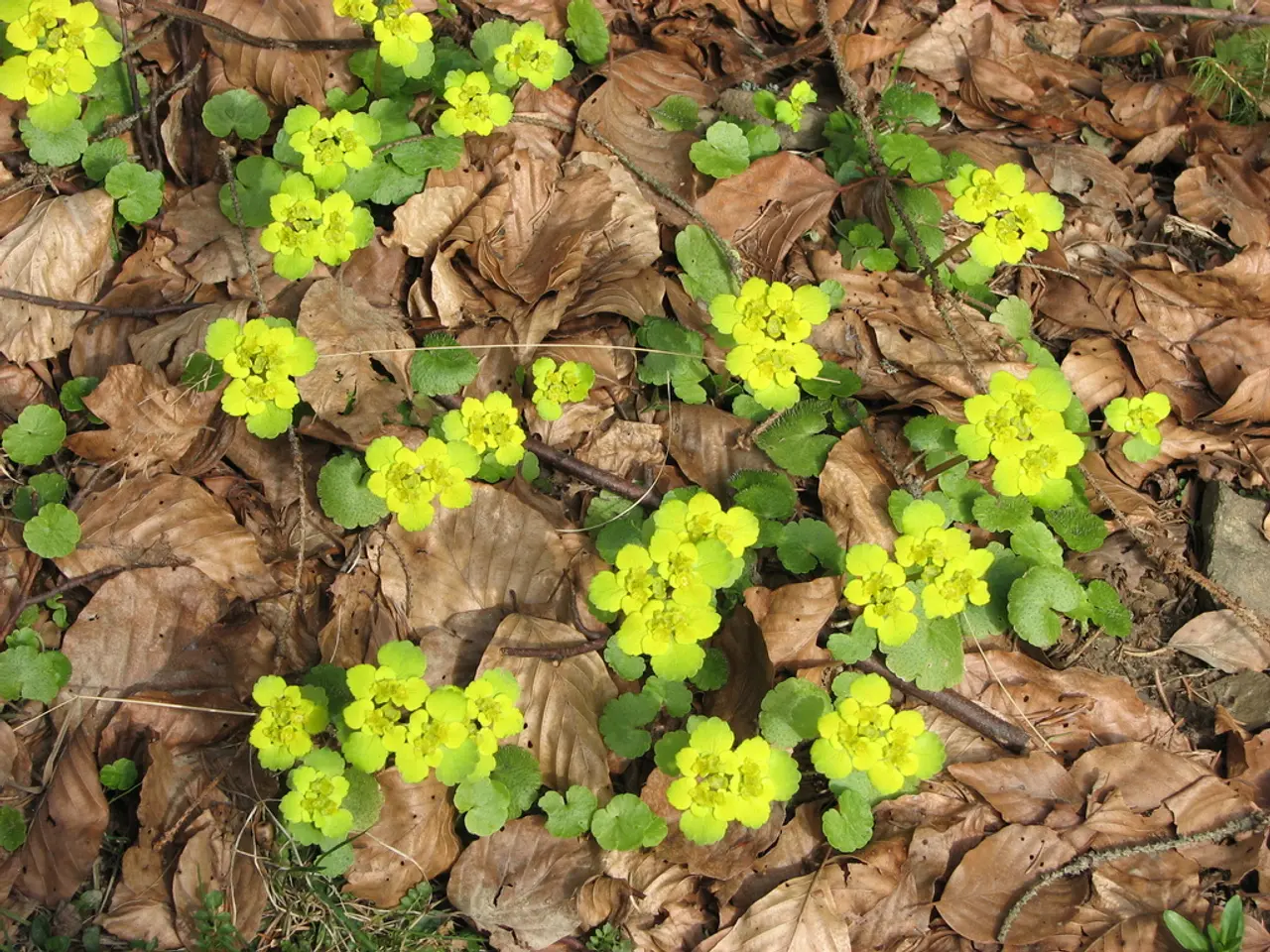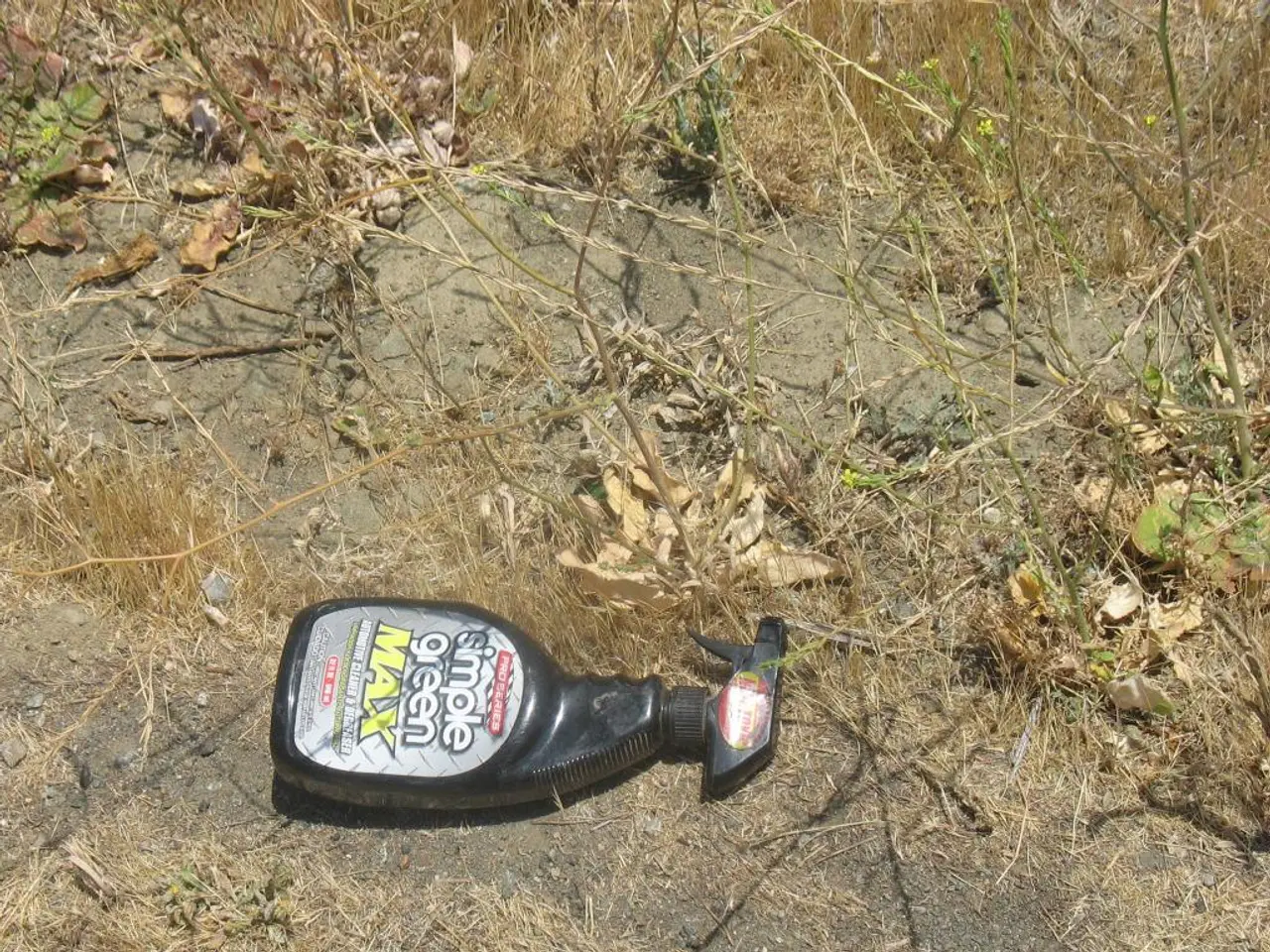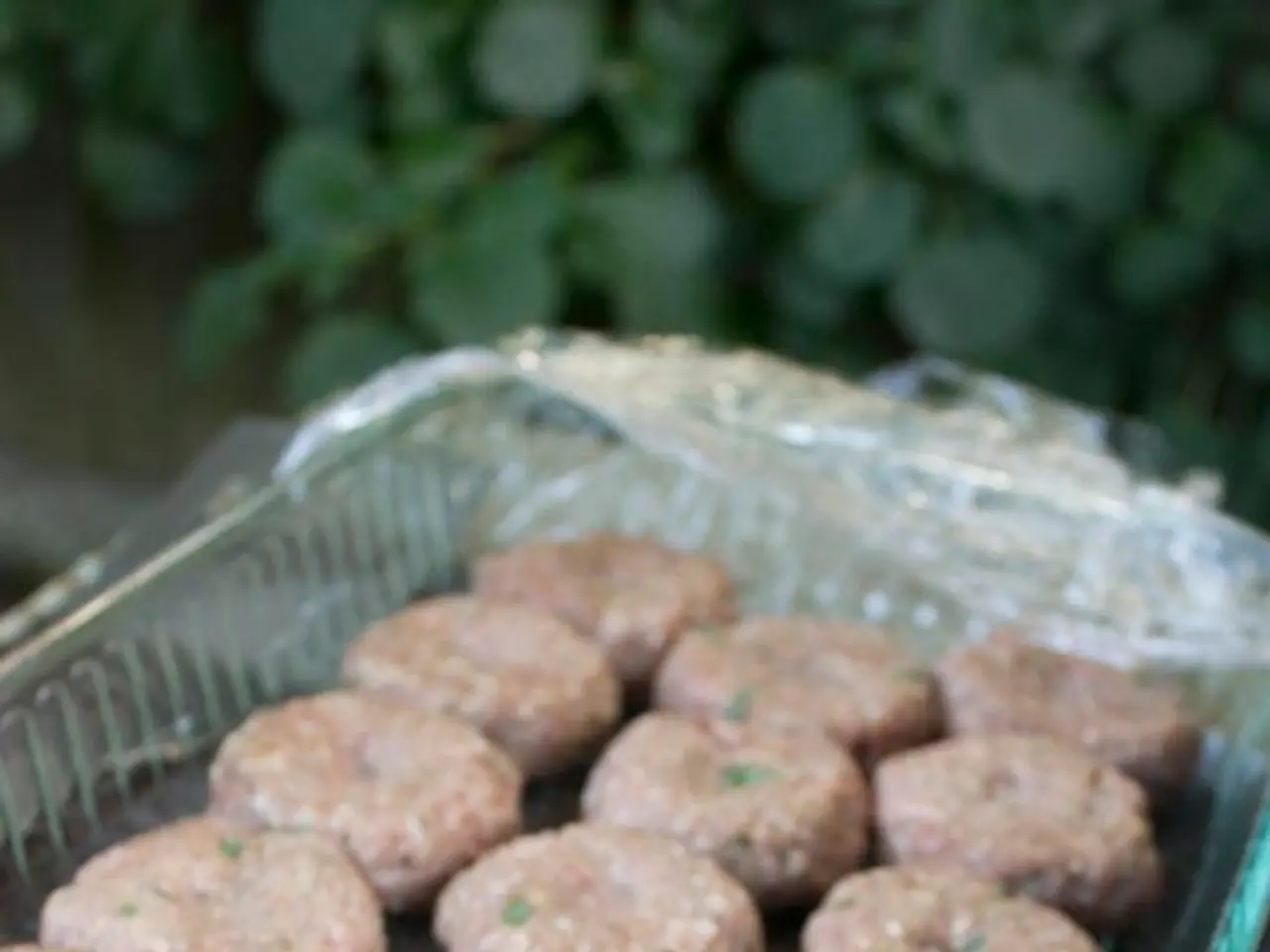Effective Strategies for Maintaining a Pest-Free Garden Organically
Unleashing the Natural Power of Your Garden
Welcome, green thumbs and wanna-be gardeners! In thischaotic world, we're here to create an oasis of harmony - a pesticide-free haven where Mother Nature reigns supreme. So let's talk gardening, the organic way.
The pesky critters in your garden may seem like little troublemakers, but they're no match for a gardener armed with nature's tools. The goal? To build a robust ecosystem where plants thrive and bugs find their natural checks and balances. It all comes down to Integrated Pest Management (IPM) and embracing organic methods that work with, not against, Mother Nature. So without further ado, here are 15 ingenious hacks for cultivating a pesticide-free garden.
1. Insect Allies - The Unsung Heroes
Lo and behold, bugs are not always the enemy! Take ladybugs, lacewings, and hoverflies, for example. They play the role of the empathetic superheroes, polishing off aphids, spider mites, and whiteflies for breakfast. Each ladybug alone can devour up to 50 aphids a day. To attract these buddies to your garden, try growing sunflowers, blackeyed susans, yarrow, marigolds, dill, fennel, or dandelions.
2. Neem Oil Your Weapons
Did you know the humble neem tree hides a warrior's secret? Extracted from its branches, neem oil kills insects, fungi, and mites. It disrupts pests' life cycles, making it tough for them to thrive and reproduce. Evidence shows neemeffective against over 200 to 600 types of insects.
To make your own neem oil spray, mix two teaspoons of cold-pressed neem oil with a teaspoon of mild soap in water and spritz it on your plants every week. Apply it in the early evening when the sun is low, and the bees are less active, for maximum efficacy.
3. Plant Partnerships - Companion Plants
How often have you noticed some plants just click together? That's no coincidence; it's called companion planting. Some plants naturally repel pests that might snack on their neighbors. For example, basil keeps mosquitoes and flies away from tomatoes, while nasturtiums chase off aphids from beans. A diverse garden tends to have more natural predators and fewer pests.
4. Homegrown Garlic and Chili Blend
Confused by persistent pests? Rally the troops with a garlic and chili concoction. Garlic has potent sulfur compounds that repel insects, while chili pepper contains irritating capsaicin that pests can't abide. Blend two cloves of garlic, one hot chili pepper with a liter of water, let it steep overnight, strain, and spray it on leaves every few days. This natural solution is affordable and effective. Remember, take it easy on sensitive plants, especially during hot weather.
5. The Fine Art of Birdwhispering
Birds aren't merely garden decor; they're all-star pest control agents too. Species like robins, chickadees, and wrens feast on pests like beetles, caterpillars, and hungry grubs. Insect-eating birds can knock pest populations down by up to 30%. To attract these avian, pest-battling allies, set up bird feeders, birdbaths, or nesting boxes. Planting berry-producing shrubs like elderberry or serviceberry also helps. Keep feeders away from delicate crops, as you don't want these avian friends snacking on your fruits or veggies by mistake.
6. Mulch Magic
Mulch is Mother Nature's secret weapon in pest prevention. A thick layer of organic mulch like straw, wood chips, or compost helps block weeds, retain moisture, and discourage pests like cutworms and beetles from laying eggs in the soil. Research also suggests that mulch significantly reduces pest habitat and weed pressure. It also sets the stage for healthy microbial life that competes with plant pathogens. Apply mulch about 2-3 inches thick around your plants, keeping it slightly away from the stems to prevent rot.
7. Crop Rotation - The Simple Solution for Complex Problems
Staying in one spot turns a welcome party into a tailgate fest - and our gardens are no exception. The same goes for garden pests. When you grow the same crop in the same spot season after season, you risk attracting pests and diseases like old friends. Crop rotation breaks this cycle by confusing pests and preventing soil-borne pathogens from building up. Switch up your crops, group them by family (like nightshades, brassicas, or legumes), and rotate them yearly for a science-backed way to keep your soil, and plants, healthy.
8. Diatomaceous Earth to the Rescue
When slugs, ants, and earwigs have had enough of your garden, bring out the big guns - diatomaceous earth (DE). DE is a natural powder derived from fossilized algae. When sprinkled on the soil or leaves, it acts as microscopic shards that pierce the exoskeletons of slugs, ants, and earwigs, causing them to dehydrate. Apply it on dry days and after rain, focusing on the base of plants. It's safe around pets and children, just avoid breathing in the fine dust or use a mask during application to be safe.
9. Tidiness Matters
Cleanliness is next to impeccable gardening. A messy garden can be like an open invitation for pests. Fallen leaves, overripe fruits, and garden clutter provide hiding spots for creepy crawlies. Regular cleanup reduces pest infestations. Leaf litter and weeds also host overwintering insects and disease pathogens that re-emerge stronger in the growing season. Make it a habit to remove dead plants, clean up debris, and trim overcrowded growth. Be careful to take care of pollinators like bees too.
10. Row Covers: Fencing off Pests
Row covers are lightweight fabrics that create a pest-free sanctuary for your crops. They protect seedlings from flea beetles, cabbage moths, and aphids while letting sunlight and moisture through. They can also protect young plants from birds, bunnies, and more. Row covers can reduce pest damage by 40-70% without pesticides. To install them, you can buy them or create your own using fine mesh fabric and hoops or stakes. Remove the covers once plants start flowering to allow access for pollinators.
11. Baking Soda: Just Desserts for Fungus
Is fungus getting too cozy with your cucumbers or zucchinis? Baking soda to the rescue! It changes the pH on the leaf surface, making it hard for fungal spores to survive. The University of Massachusetts Amherst Extension recommends a mix of one teaspoon of baking soda and one liter of water to prevent powdery mildew and similar fungal issues. Spray this solution on the leaves' upper and lower surfaces weekly, especially during humid weather.
12. Keep 'em Guessing with Physical Barriers
It's not always about fighting pests; sometimes, it's about outsmarting them. For example, copper tape around pots acts like an electric fence to slugs and snails. Similarly, crushed eggshells or sharp sand makes crawling difficult for them. Create collars from recycled plastic bottles to protect seedlings from cutworms and borers. Physical barriers are cheap, easy, and chemical-free, and they work better than sprays.
13. Compost Tea: A Rich Brew for Your Soil
Healthy soil, healthy plants, and ultimately, healthy gardens. Compost tea, made by soaking decomposed organic matter in water, adds beneficial microbes to your soil that bolsters nutrient uptake and improves plant resistance to pests and diseases. Spray it on leaves or pour it into the soil every two weeks. For maximum benefits, use well-aged compost and avoid anaerobic conditions during brewing. A living soil ecosystem is your garden's best defense.
14. Designate Sacrificial Crops - Trap Crops
If a pest attack is imminent, lure them to the battlefield with sacrificial plants called trap crops. Nasturtiums, for instance, attract aphids while radishes tempt flea beetles away from eggplants. Planting some trap crops keeps your main crops safe and sound. Keep an eye on infested plants and remove them before pests spread.
15. Timing Is Everything - Watering Matters
Ever wondered why how and when you water makes a difference? It turns out, timing is crucial in the world of gardening. Watering early in the morning allows leaves to dry quickly leaving minimal opportunity for fungal infections to take hold. It also reduces water evaporation and promotes healthier plants during the day's heat. Avoid overhead watering whenever possible as this can lead to leaf diseases.
Embrace the organic gardening lifestyle by attracting beneficial insects such as ladybugs and leacewardings with planting sunflowers, blackeyed susans, yarrow, marigolds, dill, fennel, or dandelions. To further protect your plants naturally, utilize neem oil, garlic, chili concoctions, and diatomaceous earth. Implementing simple practices like crop rotation, mulching, and regular tidying helps maintain a healthy garden ecosystem.
Working in harmony with nature allows you to welcome pollinators like robins, chickadees, and wrens, which can decrease pest populations by up to 30%. Additionally, row covers and physical barriers like copper tape, crushed eggshells, or sharp sand offer an effective chemical-free defense against pests.
Enhance your garden's soil biology by using compost tea and integrate practices like companion planting to bolster nutrient uptake and improve plant resistance to pests. With these innovative pesticide-free hacks, you can unleash the natural power of your garden and enjoy a thriving home-and-garden while caring for our planet.








